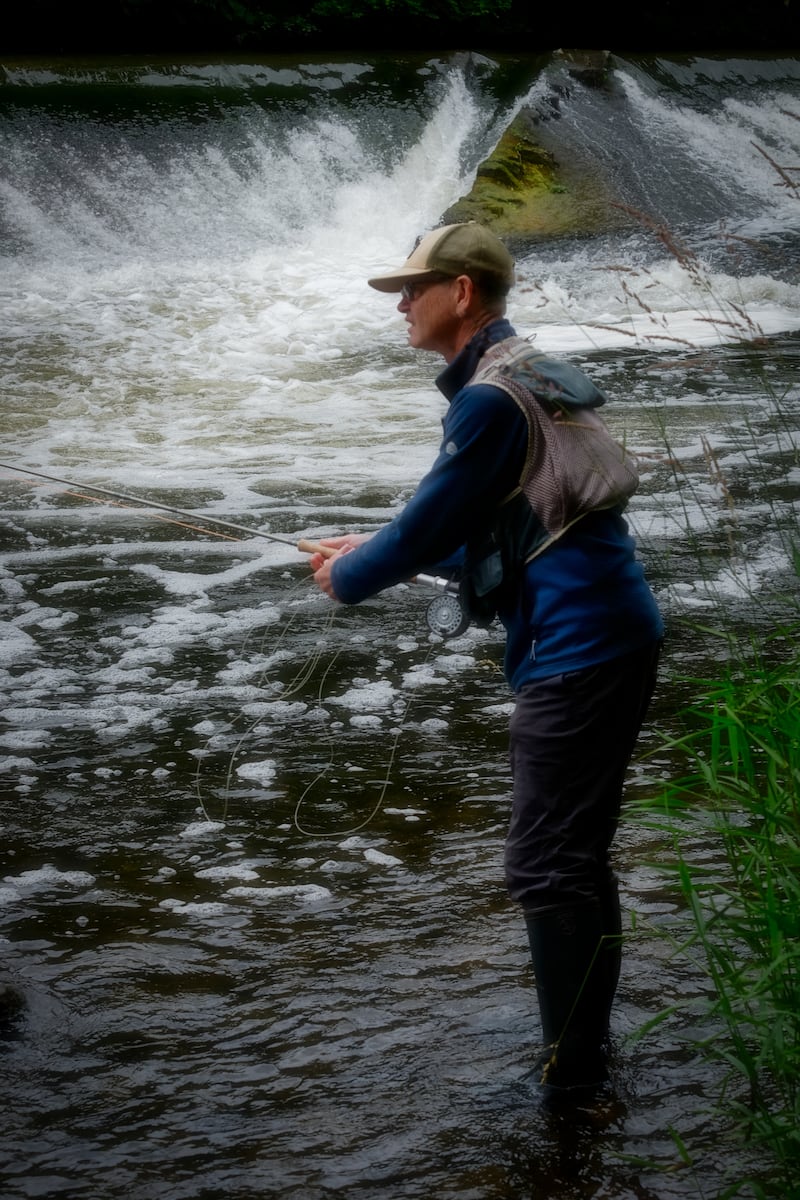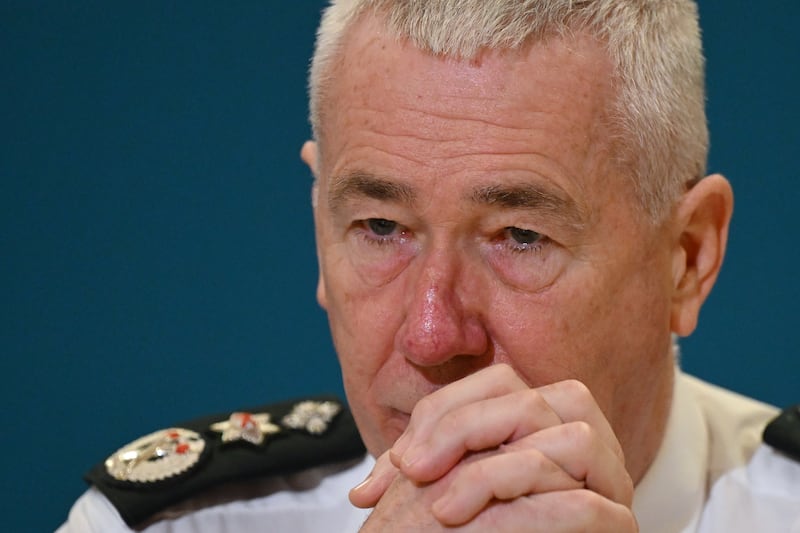The Liffey’s attraction for many anglers is not the catch, but the opportunity to observe the wildlife along its banks, says Colm Gallagher, who has been fishing the river since the 1980s.
The habitat is “quite wild in comparison to rivers in other parts of the country because there is no intensive farming along it”, he says.
Gallagher says he has even seen deer along the river in Lucan, west Dublin.
“Catching fish and taking fish home for eating is not a thing any more; in fact, it’s not permitted to kill a salmon even if you catch it. It’s catch and release. Most of the angling clubs along the Liffey impose limits on the number of trout that can be taken too,” he says.
READ MORE
It’s more about “the pleasure of casting a fly over a trout that you see rising in a pool” and the hope that “a miracle will happen and a salmon will be in the pool to take your fly”, he says.
Gallagher first began fishing the Liffey when he moved to Lucan after getting married. But his love for fishing goes back to his father and the uncles on his father’s side, he says.

“There had been generations of my family fishing in Donegal. I was taught by my father there,” he says.
“I always enjoyed fishing the Liffey. You made friends along the river,” he says.
When he first started fishing the Liffey, there were good stocks of trout and reasonable stocks of spring and summer salmon but they have declined since then.
It is “as rare as could be to catch salmon now, or even to see one on the Liffey these days, but there’s always a chance,” he says.
[ Ireland’s rivers: 10,000 years of use and abuse by humansOpens in new window ]
One of his favourite memories of fishing the river was catching “two amazing salmon” in one month: March 1993.
Water quality is not the problem, as Environmental Protection Agency (EPA) surveys show, rather, it’s the fact the salmon can’t make it to good spawning grounds because of the dam at Leixlip and the weirs all along the river acting as barriers.
But the future could be better, Gallagher says.
This year, a group was formed called the Liffey Salmon Project with an aim to try to form better and easier passage for salmon to get to spawning habitat on the upper Liffey.
The group secured funding to put tonnes of gravel into the river along the Strawberry Beds between Lucan and Chapelizod.
“The idea was that by placing it, whenever the river was in flood, it would spread the gravel further downstream and provide them with a spawning habitat. I saw that happening,” Gallagher says.
He happened to be fishing on the river on the day they started and was “absolutely thrilled” to see the work being done.
“That should bear fruit over the next number of years,” he says.




















